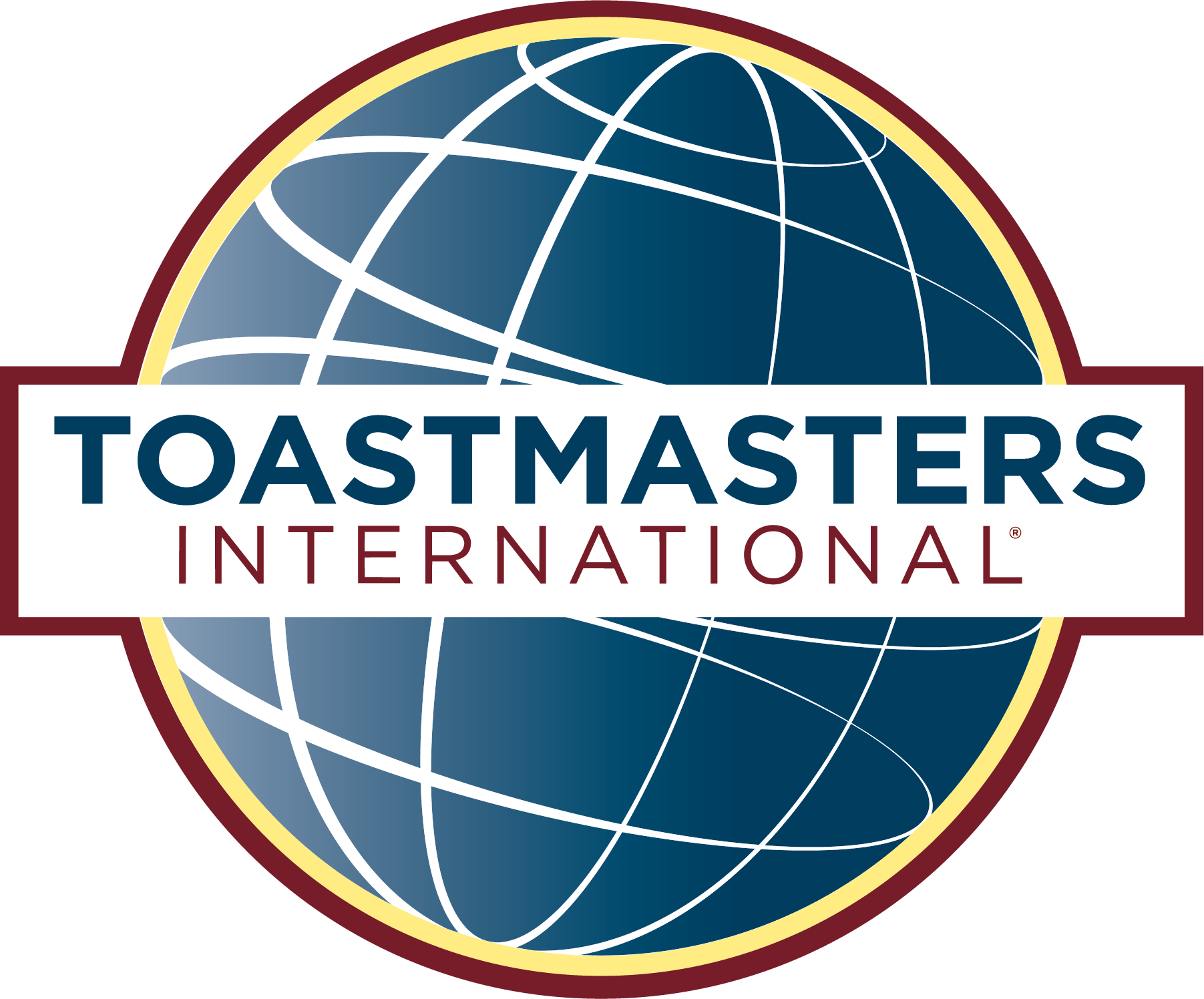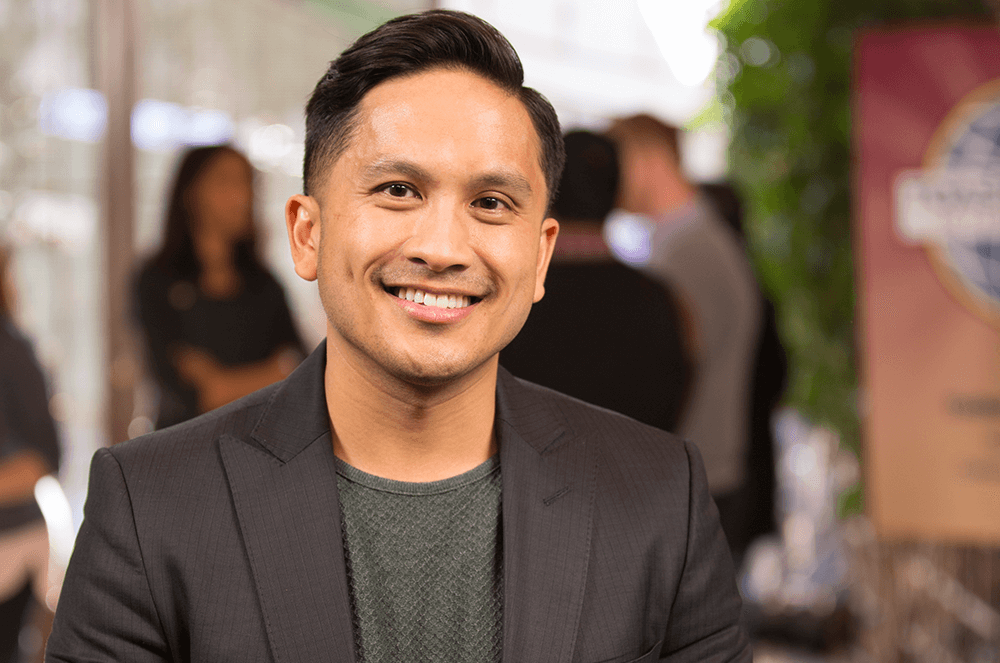There is no stereotypical Toastmaster. Members come from 149 countries, and represent a wide variety of ages, genders, professions, cultures, and levels of education. People from all walks of life are interested in public speaking and leadership skills, which means Toastmasters is a microcosm of global diversity around the world.
When I joined Toastmasters in 2014, I quickly homed in on its diversity. As a cross-cultural communication specialist, my job is to help people engage with others who are very different from themselves. I support teachers who are working with international students, advise people who work with multicultural customers, and coach executives relocating to foreign countries.
What surprised me about Toastmasters was that I saw the same level of diversity at all levels: from clubs to Toastmasters leaders to speech contestants.
As an example, at the 2021 District 73 (southeastern Australia) conference, attendees were fairly equally divided between men and women (including a transgender woman), and people of many different backgrounds, ranging in age from their 20s to their 70s. The winner of the District 73 International Speech Contest was Indian-Australian Bharat Sangekar; I came in second, and am Malaysian Chinese/Anglo-Australian; and Vietnamese-Australian Thuy Hoang placed third.
Other organizations around the world have little diversity at the top. In Australia, only approximately 6% of chief executive officers are women and only one of the 30 federal ministers is of non-European background. In the United States, women represent only 8.2% of CEOs in the Fortune 500, and only 10% of U.S. senators are non-white. And the lack of diversity isn’t limited to business and government: Both the Grammy Awards and the Academy Awards have had boycotts by artists for their lack of diversity.
People from all walks of life are interested in public speaking and leadership skills, which means Toastmasters is a microcosm of global diversity around the world.
Toastmasters doesn’t run any diversity initiatives. Clubs are open to anyone aged 18 and over, and there are no policies, training, or quotas aimed at increasing the representation of less privileged groups. Yet at Toastmasters, membership breaks down into approximately 44% men and 55% women. Members represent a wide scope of occupations in all levels, from student and first-time job holders to upper management. They range in age from 18 to 100. In terms of education, roughly the same percentage of members have a doctorate degree or higher as have a high school education or less.
How has Toastmasters been so successful in creating such a diverse and robust organization? There are no diversity initiatives, but there is a common culture, a structured set of expectations, and a lack of formal hierarchy.
The Toastmasters Culture
Toastmasters meetings follow a consistent structure, and there are clearly defined rituals, roles, and rules. According to Mark Fenech, a member of Toastmasters Malta in Zurrieq, Malta, this consistency is what makes Toastmasters accessible to people from diverse backgrounds. “The shared, consistent structure makes it easy to take part in Toastmasters in any country,” he says.
At a Toastmasters meeting, support is built in. Guests learn how roles work by watching experienced members perform them at meetings. Elma Shaw of Kigali, Rwanda, is a Liberian author, publisher, and philanthropist. She is a member of Toastmasters Without Borders, an English-speaking online club that has members all over the world. Being able to watch and learn is especially helpful for people speaking English as an additional language. “People who aren’t native speakers of English are included and listened to,” she says. “They have role models who [also] aren’t native speakers of English.”
At least half of the members in Toastmasters Malta typically come from other countries, and while Fenech works in information technology, other members work in fields very different from his. The professional diversity in his club has taught him how much value there can be in a flexible, spontaneous approach. “Someone who’s more of a people person might run the meeting in a less structured manner, and leave space for impromptu discussions, [or] fill the gaps with interesting stuff,” he explains.
Much of Toastmasters’ inherent success with diversity lies with the fact that clubs bring people from diverse groups together under conditions that are favorable for reducing prejudice and increasing positive engagement in three key areas. These tie in with the Intergroup Contact Theory, which describes the conditions that reduce prejudice and increase positive engagement between people from different social groups.
1 People engage as equals.
Outside Toastmasters, members may differ widely in social status. Some could be in senior positions at work, others may be retired, unemployed, or studying. Some could be native English-speaking locals, others may be neither. When they arrive at a meeting, however, everyone is on an equal footing and any member can play any role.
Shaw, the Rwandan member, has found this to be true. “There’s no hierarchy at all in Toastmasters,” she notes. She feels two key factors make this egalitarian environment possible. One is that meetings enable every person present to participate actively. “Lots of the tasks that involve people are small things, where people feel safe. Also, the stakes are low. Social risk only.” The other is the ongoing support provided to newcomers through mentoring, evaluations, and the education program.
2 Speeches offer insight into personal experiences.
It’s easy to fall back on stereotypes when you’ve never had close personal contact with someone from a particular social group. When you regularly hear someone give personal speeches, you learn that they are a complex and relatable human being, like you.
“Normally people talk [in their speeches] about whatever they do in their lives and this gives you insight,” observes Fenech, of Malta. “Sometimes … you have a picture of [someone’s background] in your mind, and have decided who they are, but then they deliver a speech that surprises you.” This, he says, enables members to build stronger connections.
Shaw agrees. “People talk about people who’ve influenced them. Their failures, successes, dreams, and hopes. These are universal themes we all share. It’s a reminder of our shared humanity.”
3 Members of different groups work together toward shared goals.
People from different backgrounds tend to have different goals, priorities, and interests. At Toastmasters, however, diverse people are united by a common interest in communication and leadership. This creates a powerful platform for building community. As Shaw puts it, “At Toastmasters Without Borders, we have a shared purpose: improving our public speaking. The objective is to help each other … and this shared purpose creates social glue.”
As someone who’s devoted her career to helping diverse people engage and realize their potential, I’m inspired by what I see at Toastmasters. Toastmasters demonstrates that under the right conditions, it’s very possible for organizations to give rise to leaders and high achievers who represent the full diversity of their community.
Not all of the practices that make this possible could be applied in other settings, of course. Toastmasters is unique: a voluntary, nonprofit organization built around an interest common to a broad range of people. Even so, the reasons for the diverse high-fliers at Toastmasters are worth a closer look. Introducing elements of the structured, egalitarian, cooperative style of engagement seen at Toastmasters might well help us build workplaces where everyone has a fair chance of reaching the top.
Fiona Price is a cross-cultural communication specialist and keynote speaker based in Melbourne, Victoria, Australia. She is a member of Williamstown Club in Williamstown, Victoria, Australia. You can reach her at globalise.net.au, on Instagram at @readerofnames, and on Facebook at AuthorFionaSLPrice.

